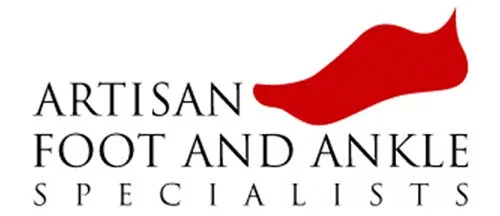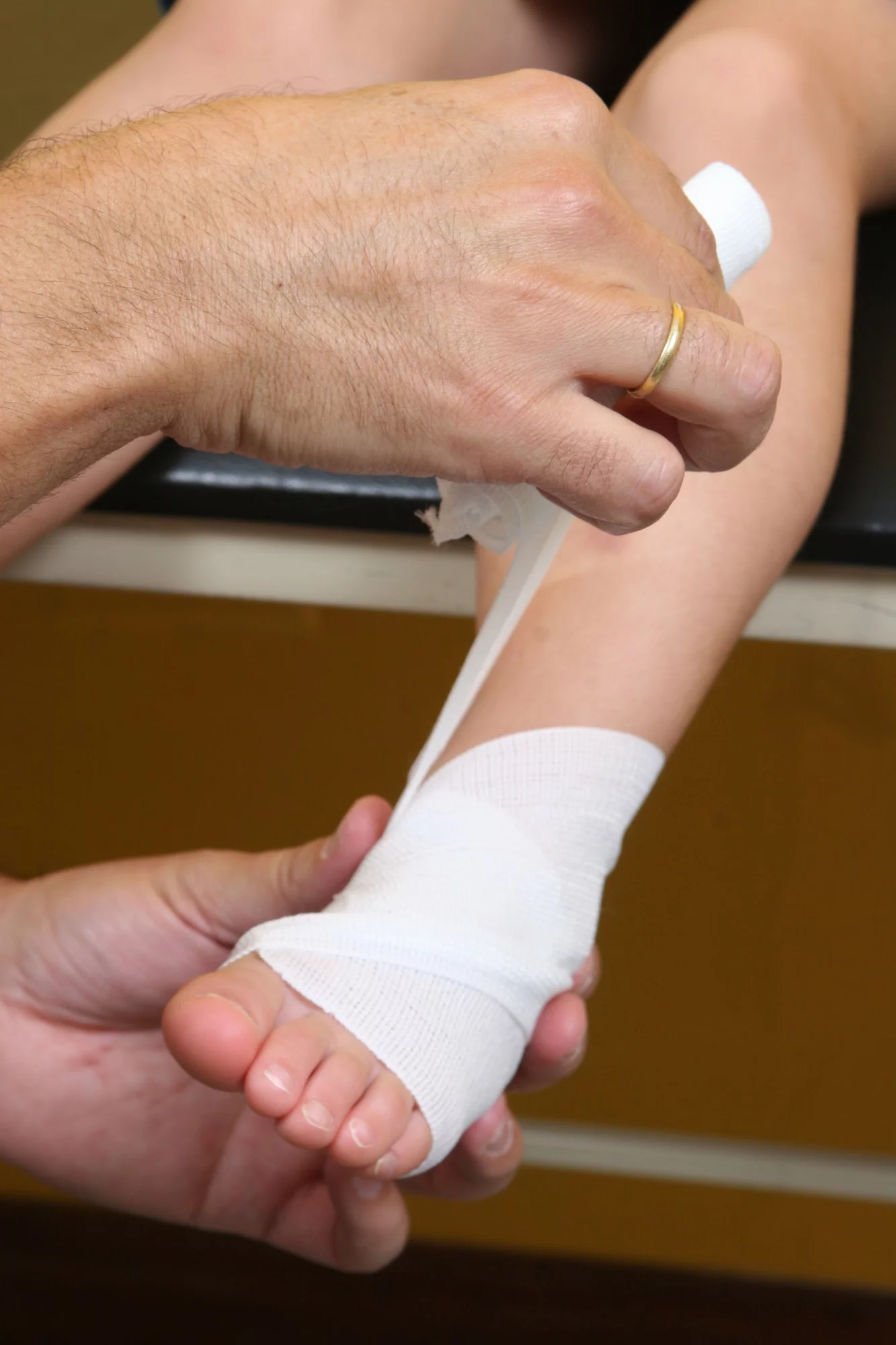What is Hammertoe?
Hammertoe is a bending (contracture) of the first joint in your toe, called the proximal interphalangeal joint. The contracture makes your toe look like an upside-down V. A hammertoe can affect any toe but is most common in the second through fifth toes.
There are two types of hammertoe:
- Flexible Hammertoe: A flexible hammertoe is less severe and easier to treat than the rigid type. When you have a flexible hammertoe, the joint is still moveable.
- Rigid Hammertoe: Rigid hammertoes are more serious and may require surgical treatment. This type can develop in people who have severe arthritis or those who wait too long to seek treatment for a flexible hammertoe.
What are the Symptoms of Hammertoe?
The most noticeable symptom of a hammertoe is an abnormal bend in the toe. Other hammertoe signs and symptoms include:
- Pain in the affected toe when wearing shoes
- Inflammation, redness, or swelling at the joint
- Restricted or painful motion
- Pain at the ball of the foot below the affected toe
Friction from wearing shoes may also lead to corns or calluses between your toes or on the ball of your foot.
What Causes Hammertoe?
Hammertoes result from an imbalance in the muscles and tendons in your toes. This imbalance increases pressure on the joints of your toe and leads to its contracture.
Wearing tight shoes that squeeze your toes may aggravate a hammertoe and cause symptoms to develop more quickly. Injuries, arthritis, and bunions can also disrupt the muscle/tendon balance and lead to hammertoe.
How is Hammertoe Diagnosed and Treated?
Although hammertoes are immediately apparent, we thoroughly review your symptoms and medical history and examines your foot to diagnose the condition. You may also need a digital X-ray to evaluate the severity of your hammertoe deformity.
Then, we develop an individualized treatment plan. If your hammertoe is still flexible, you may use non-surgical treatments, such as:
- Wearing shoes with a roomier toe box
- Wearing custom orthotics
- Padding corns and calluses
- Splinting or strapping the toe
- Taking nonsteroidal anti-inflammatory medications
If your hammertoe is rigid and painful or develops an open sore, surgery may be necessary. We have the leading foot and ankle surgeons in Northern California.
Call us now or book an appointment online as soon as you notice signs and symptoms of a hammertoe.



